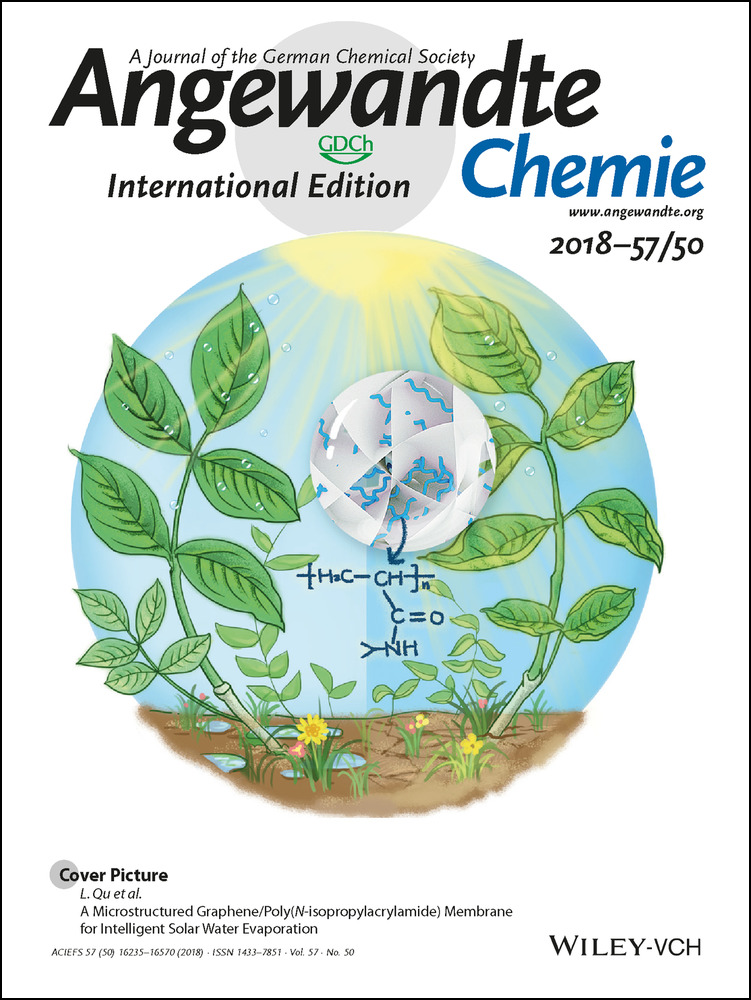Aerobic Baeyer–Villiger Oxidation Catalyzed by a Flavin-Containing Enzyme Mimic in Water
Graphical Abstract
Abstract
Direct incorporation of molecular oxygen into small organic molecules has attracted much attention for the development of new environmentally friendly oxidation processes. In line with this approach, bioinspired systems mimicking enzyme activities are of particular interest since they may perform catalysis in aqueous media. Demonstrated herein is the incorporation of a natural flavin cofactor (FMN) into the specific microenvironment of a water-soluble polymer which allows the efficient reduction of the FMN by NADH in aqueous solution. Once reduced, this artificial flavoenzyme can then activate molecular dioxygen under aerobic conditions and result in the Baeyer–Villiger reaction at room temperature in water.





